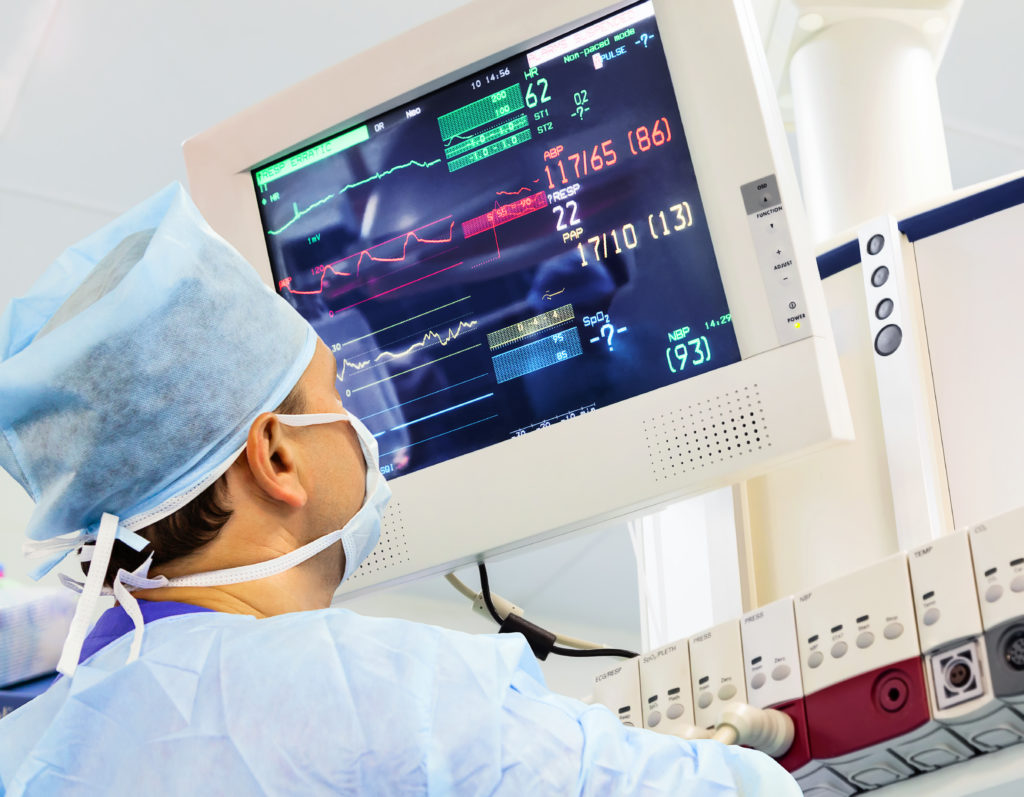Medically reviewed by Dr. Matt Hatch, MD, August 11, 2024.
General Anesthesia
While there are many types and levels of anesthesia—treatment with medication to keep you from feeling pain during surgery—general anesthesia is most commonly associated with major operations, such as heart surgeries and surgeries to treat cancer. It is also used in more common operations, such as appendectomies and gallbladder removal surgeries. Many of these procedures are lifesaving or life-changing and would not be possible without general anesthesia.
How does general anesthesia work?
With general anesthesia, you will be unconscious and unaware of anything that happens during your procedure. General anesthesia is administered by or under the direction of an anesthesiologist by means of a mask placed over the nose and mouth or an IV placed in a vein, usually in an arm. While the anesthesia is working and you are unconscious, many of your body’s functions will slow down or need help to work effectively. A tube may be placed in your throat to help you breathe. During the surgery, the anesthesiologist will monitor your heart rate, blood pressure, breathing, and other vital signs to make sure they are normal and steady while you remain unconscious and free of pain.
Once your surgery is complete, your anesthesiologist will reverse the medication and stay with you as you return to consciousness, continually monitoring your breathing, circulation, and oxygen levels. Some patients feel fine as they wake up; others experience symptoms such as nausea, vomiting, or chills. Your throat may be sore from the breathing tube. Your anesthesiologist will help you manage these symptoms.
During the surgery, the anesthesiologist will monitor your vital signs to make sure they are normal and steady while you remain unconscious and free of pain.

After you’ve had major surgery, you will probably have pain and discomfort as you recover, which might get worse as the effects of the general anesthesia wear off. Your anesthesiologist will advise you about how to manage your pain during recovery in the hospital and at home.
If you are able to go home the day of surgery, you will not be able to drive after having general anesthesia—so make sure a family member or friend will be available to take you home. You will not be able to take a taxi or use a ride share service to get home. It may take a day or two for the anesthesia medication to completely leave your system, so you may be sleepy, and your reflexes and judgment may be affected.
